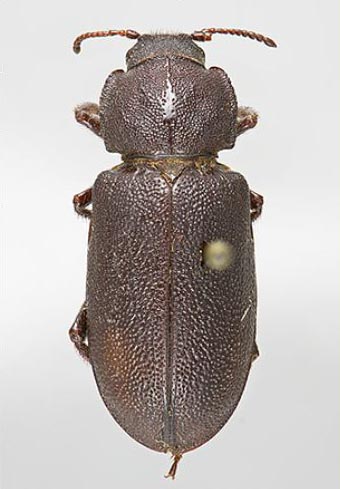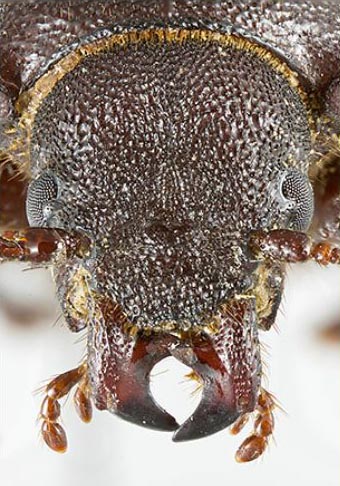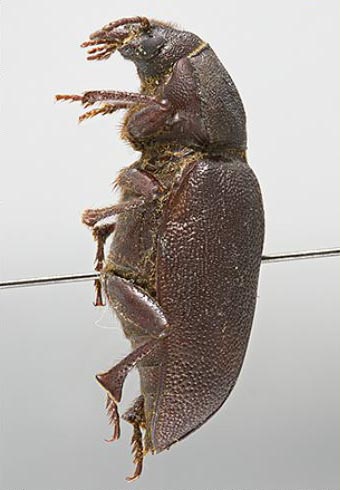|
Vesperidae Classification
Selected References to Larvae Specimens |
 Acanthomigdolus quadricollis (Bates, 1875); dorsal ♀ specimen Vesperidae Photograph © N.P. Lord  Acanthomigdolus quadricollis
(Bates, 1875); head ♀ specimen Vesperidae Photograph © N.P. Lord  Acanthomigdolus quadricollis
(Bates, 1875); lateral ♀ specimen Vesperidae Photograph © N.P. Lord |

